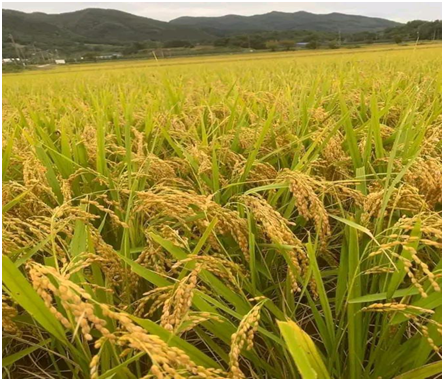As our planet grapples with the consequences of climate change, rising temperatures pose a significant challenge to agriculture. Farmers around the world are faced with the task of adapting their practices to ensure the resilience of their crops in the face of increasing heat. In this article, we'll explore the impacts of rising temperatures on agriculture and delve into effective strategies for adapting crops to this changing climate.
"Climate change is no longer some far-off problem; it is happening here, it is happening now." - Barack Obama

As the effects of climate change continue to impact agriculture, farmer’s increasingly looking for ways to counter their impact on crops. Climate smart agriculture is a proven approach to mitigating the effects of Climate change.
Given the importance of growth in the agricultural sector for food security and the major impacts climate change is already having on agricultural growth strategies, the first step in implementing a climate-smart agriculture approach is to develop a robust evidence base. The purpose of this step is to formulate strategies for increasing productivity and agricultural incomes, and estimate their potential mitigation co-benefits.
We at Cozance support sustainable development and can ensure food security under climate change.
Understanding the Impact:
1. Heat Stress on Crops:
Rising temperatures can lead to heat stress in plants, affecting photosynthesis, flowering, and overall crop development.
2. Changes in Growing Seasons:
Shifts in temperature patterns may alter traditional growing seasons, impacting the timing of planting and harvesting.
3. Water Scarcity:
Higher temperatures contribute to increased evaporation, leading to water scarcity in many regions, a critical factor for crop health.
4. Heat-Tolerant Crop Varieties:
Explore the importance of cultivating and promoting crop varieties specifically bred to withstand higher temperatures.
5. Optimal Planting Times:
Discuss the significance of adjusting planting times to coincide with temperature patterns, ensuring crops are in their critical growth stages during favorable conditions.
6. Water-Efficient Irrigation Practices:
Highlight the importance of adopting water-efficient irrigation methods to counteract the increased evaporation and water scarcity associated with rising temperatures.
7. Shade and Agro-forestry:
Explore the benefits of incorporating shade, either through natural tree cover or artificial structures, to mitigate the impact of excessive heat on crops.
8. Cover Cropping and Mulching:
Discuss how cover cropping and mulching can help regulate soil temperature, conserve moisture, and protect crops from extreme heat.
9. Soil Health and Resilience:
Emphasize the role of healthy soils in mitigating the impact of rising temperatures, including practices such as cover cropping, organic matter incorporation, and reduced tillage.
10. Community Collaboration:
Discuss the importance of farmers collaborating at the community level, sharing knowledge, and implementing collective strategies to adapt to rising temperatures.
Adapting crops to rising temperatures is a pressing challenge for the agricultural sector, but with proactive measures and a commitment to sustainable practices, farmers can navigate this changing climate successfully. By embracing innovative techniques, supporting research and development, and fostering community collaboration, we can build a resilient agricultural system capable of thriving in the heat.
